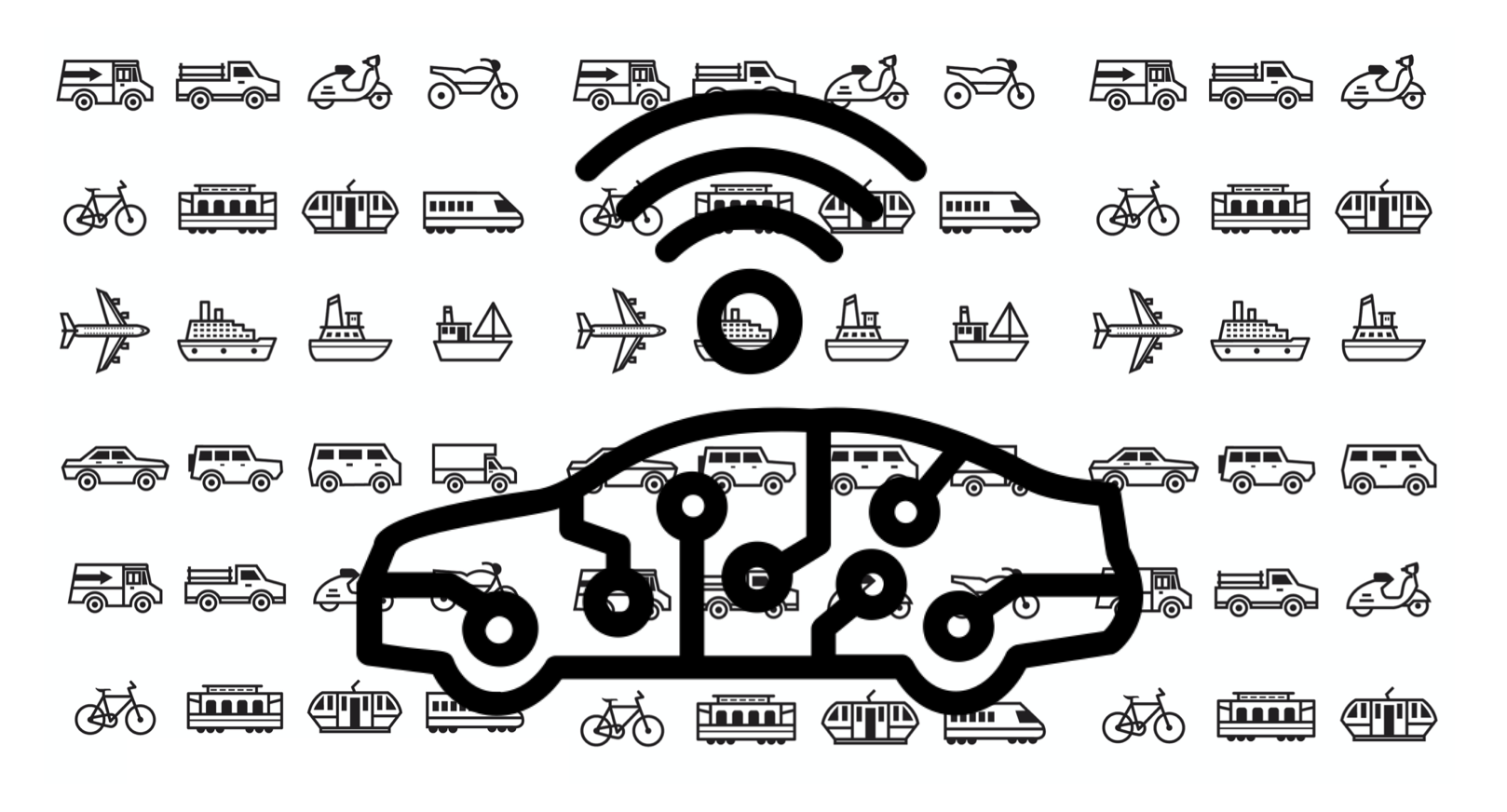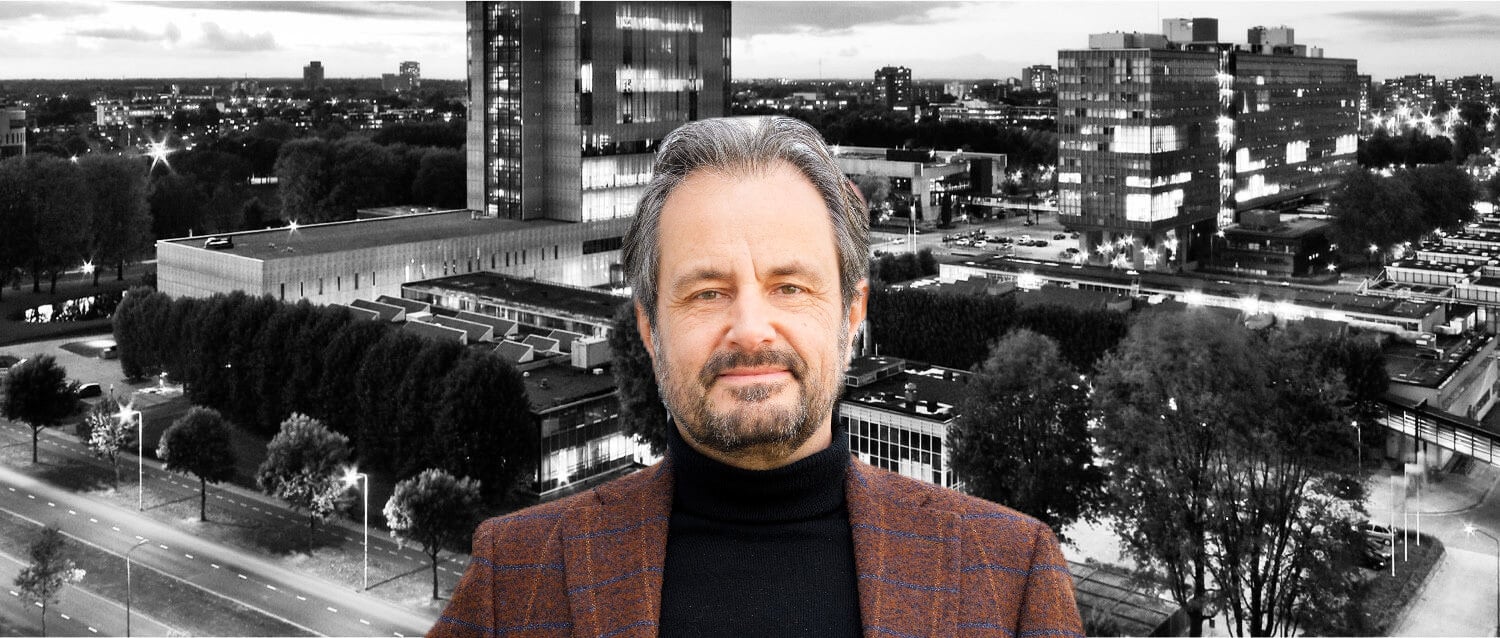
The dreamscape of fully autonomous cars taking you from A to B is at the center of many a vision of the future of mobility. Having already brought the world to the electric car, Elon Musk now wants to enter the robotic cab market with Tesla’s Full Self Driving (FSD). According to him, you can earn up to $30,000 a year by having your car work as a robotaxi when you are not using it yourself.
Still, it could be quite a while before we can order such a robotaxi. This is first because FSD, as impressive as it is, is not yet capable of driving without a driver. In any case, the Tesla cars that are currently on the road will not be able to do that, no matter how many software updates there will be. Fully autonomous driving requires different hardware, much more computing power, and years of testing.

Tesla itself now writes in documents to the certification authorities that the current cars are prepared for up to ‘level 2 autonomy‘. That stands for a form of driver assistance similar to Adas (advanced driving assistance systems). Adas makes driving much safer, as long as the driver is paying attention and can take over driving if necessary. And that’s where the danger lies with FSD. It makes the driver much less alert. FSD then becomes Fall aSleep Driving.
But a bigger problem for the breakthrough of the robot cab is that the market is limited. The rise of Uber already showed that users saw it as an additional service to their own car, not as a replacement for car ownership. So there is hardly a chance that Musk’s $30,000 will ever be feasible. That leaves public transport and current cabs, but for those cases some other important aspects are essential. Aspects that a self-driving vehicle doesn’t offer. Think of transporting many people at once in a bus in the scarce public space. The low corridor capacity of a robotaxi is just as bad as that of a car. Also, with public transport and cabs, the social function of a driver goes far beyond their driving skills.
Anyone who thinks that, given that limited market for robotaxis, people will constantly keep their car clean and charged to drive strangers around is completely ignoring why most people have a car in the first place. This moving piece of your home, which is always there for you when you need it, which holds your junk, and which you keep as neat as you want it to be? You won’t share it for a handful of euros. And most important; robotaxis will in most cases not be any cheaper than owning a car. The math simply doesn’t work.
FSD may not produce a robot cab for now, but Tesla is way ahead of the curve with self-driving features that make driving a lot more enjoyable. At the same time, the first lawyers in the United States are sharpening their knives to sue Tesla for not delivering a full self-driving service, which people have paid handsomely for. And it is not only the damage to the brand that is at risk, the robotaxi myth could also affect Tesla’s stock market value, which is largely based on the enormously high projected margin of the cab services.
We owe a lot to Elon Musk; the mainstream industry would not have been producing electric cars today if it wasn’t for him. His achievements contribute a lot to a better mobile future. But that won’t be a future with lots of robotaxis.
Maarten Steinbuch and Carlo van de Weijer are alternately writing this weekly column, originally published (in Dutch) in FD. Did you like it? There’s more to enjoy: a book with a selection of these columns has just been published by 24U and distributed by Lecturis.

